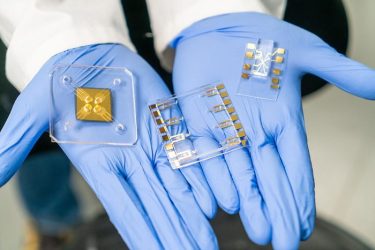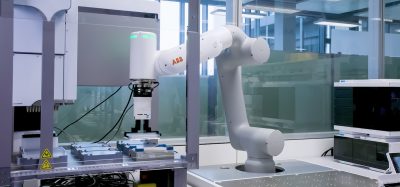Researchers develop an accurate single-cell electrorotation microfluidic device
Posted: 26 October 2022 | Ria Kakkad (Drug Target Review) | No comments yet
The technology works by using an electric field to first capture a single cell in a microfluidic device, followed by applying a rotating electric field to rotate the trapped cell and then measuring the rotation speed.


Researchers from the Texas A&M University, US, have developed a new technology that can accurately analyse cell properties through the use of a single-cell electrorotation microfluidic device, which utilises an electric field to probe the cell’s properties. The findings were recently published in Biomedical Microdevices.
The technology works by using an electric field to first capture a single cell in a microfluidic device, followed by applying a rotating electric field to rotate the trapped single cell and then measuring the speed of rotation. By knowing the input electric field parameters and analysing the rotation speed, accurately evaluating the dielectric properties of a single cell becomes possible.
The ability to analyse the properties of individual cells is vital to broad areas of life science applications such as diagnosing diseases and developing better therapeutics to characterising pathogenic bacteria. However, the accurate analysis of individual cells is a challenge, especially when it comes to a cell’s biophysical properties, due to large property variations among cells even in the same cell population as well as the presence of rare cell types within a larger population.
The novel technology is the most accurate in measuring these properties because of its capability to apply a high-frequency electric field (up to 100 megahertz) and its use of an eight-electrode-pair design to simultaneously trap a single cell and apply rotational force to the trapped cell.


The single-cell electrorotation microfluidic device utilises an electric field to probe the cell’s properties
[Credit: Texas A&M Engineering].
The researchers say that the single-cell electrorotation microfluidic device has been fully developed and applied to several different cell analysis applications. Having successfully demonstrated that analysis can be accurately completed on one cell at a time, the team are now hoping to further develop the technology so that this can be executed at a much higher speed and against many cells simultaneously.
Related topics
Lab Automation, Microfluidic Technology
Related organisations
Texas A&M University






